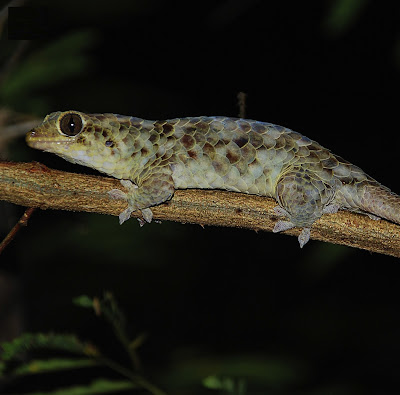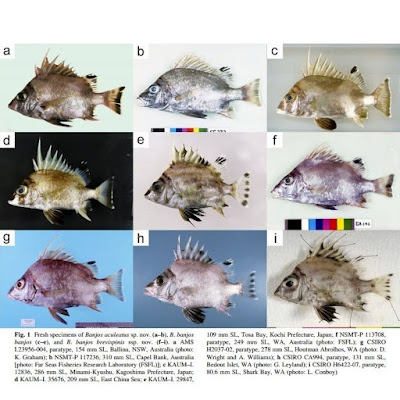Abstract
A catalogue of butterflies of Russia and adjacent countries is given, with special account to the name-bearing types depository. This catalogue contains data about 86 species (3 of them are questionable) of Hesperiidae (22 genera); 47 species of Papilionidae (14 genera); 89 species of Pieridae (5 of them are questionable) (15 genera); 1 species (1 genus) of Libytheinae(dae); 2 species of Danainae(dae) (2 genera); 160 species of Nymphalinae(dae) (1 of them is questionable) (23 genera); 259 species of Satyrinae(dae) (14 of them are questionable, mainly from genera Oeneis and Pseudochazara) (34 genera); 3 species of Riodinidae (2 genera); 318 species of Lycaenidae (11 of them are questionable, mainly from genera Neolycaena and Plebeius) (57 genera). In total: 965 species of butterflies, 174 genera, by countries: Armenia—244, Azerbaijan—225, Belarus—107, Estonia—113, Georgia—211, Kyrgyzstan—316, Kazakhstan—344, Latvia—115, Lituania—126, Moldova—87, Russia—522, Tajikistan—295, Turkmenistan—159, Ukraine—192, Uzbekistan—241. Detailed distribution and subspecific structure (if present) for every species is provided. Lectotypes of the following species-group taxa are designated: Hesperia poggei Lederer, 1858, Parnassius felderi Bremer, 1861, P. eversmanni Eversmann, 1851, P. boedromius Püngeler, 1901, Limenitis moltrechti Kardakov, 1928, L. sydyi Kindermann, 1853, L. amphyssa Ménétriès, 1859, L. doerriesi Staudinger, 1892, L. helmanni duplicata Staudinger, 1892, L. homeyeri Tancré, 1881, Argynnis penelope Staudinger, 1891, A. thore borealis Staudinger, 1861, Vanessa io geisha Stichel, [1908], Melitaea maturna staudingeri Wnukowsky, 1929 (=uralensis Staudinger, 1871), M. didymina Staudinger, 1895, Papilio fascelis Esper, 1783, Thecla quercivora Staudinger, 1887, Lycaena orion var. ornata Staudinger, 1892. The following nomenclatural acts are established: Neolycaena submontana baitenovi (Zhdanko, 2011), comb. et stat.n. The following new synonymy is provided: Hesperia comma repugnans (Staudinger, 1892) = lena Korshunov et Gorbunov, 1995, syn.n.; Argynnis niobe orientalis Alphéraky, 1881 = ornata Staudinger, 1901, syn.n. = tanjusha Zhdanko, 2011, syn.n.; Boloria frigga gibsoni (Barnes & Benjamin, 1926) = kosarevi Korb, 2011, syn.n., B. erubescens houri Wyatt, 1961 = ancilla Churkin, 2004, syn.n.; Melitaea fergana maracandica Staudinger, 1882 = irinae Churkin, Kolesnichenko et Tremasov, 2012, syn.n.; M. asteroida clara Staudinger, 1887 = ludmilla Churkin, Kolesnichenko et Tuzov, 2000, syn.n.; Paralasa jordana jordana (Staudinger, 1882) = khramovi Churkin et Pletnev, 2012, syn.n.; P. jordana subocellata (Staudinger, 1901) = kipnisi Churkin et Pletnev, 2012, syn.n.; P. kusnezovi kusnezovi (Avinov, 1910) =bosbutaensis Churkin et Pletnev, 2012, syn.n.; Erebia meta Staudinger, 1886 = gertha Staudinger, 1886, syn.n.; Oeneis ammon ammon Elwes, 1899 =smirnovi Yakovlev, 2011, syn.n.; O. norna tundra A.Bang-Haas, 1912 = ivonini Yakovlev, 2011, syn.n.; Chazara briseis ianthe (Pallas, 1771) = lyrnessus Fruhstorfer, 1908, syn.n., Plebejides stekolnikovi (Stradomsky et Tikhonov, 2015), comb.n.
Keywords: Lepidoptera, butterflies, Russia, East Europe, Caucasus, Central Asia, catalogue, nomenclatural acts, name-bearing types, distribution




































































